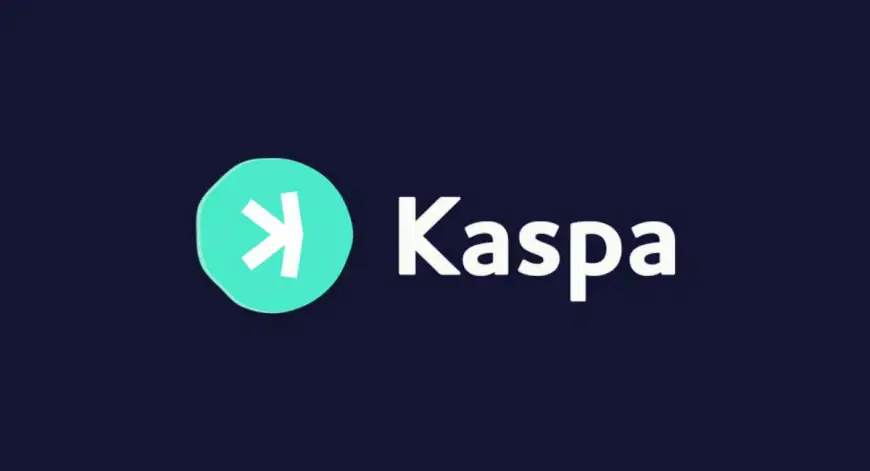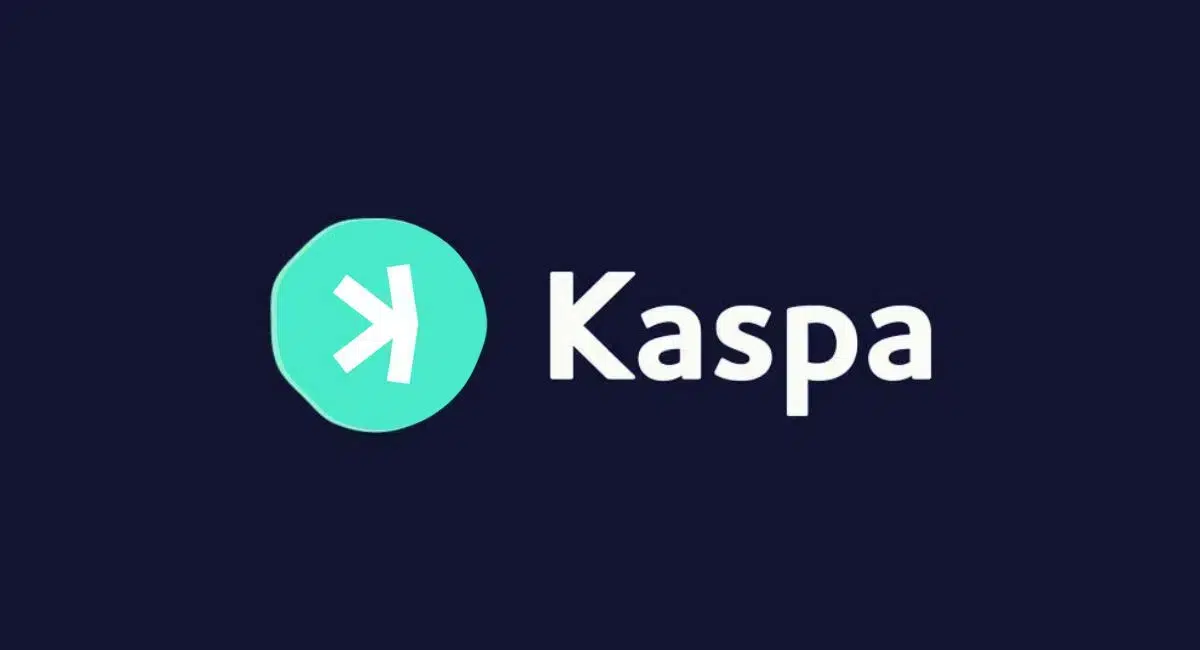Kaspa Achieves Major Milestones in First Year of Mining
Kaspa hashrate grew exponentially in the first year, driven by GPU miners and software improvements. Rusty Kaspa nodes now dominate 98.83% of the mainnet, achieving 10 BPS on the testnet. DesheShai, a quantum cryptographer, has shared a graph depicting the astonishing increase in worldwide hashrate during the first year of Kaspa (KAS). This graph brilliantly [...]


- Kaspa hashrate grew exponentially in the first year, driven by GPU miners and software improvements.
- Rusty Kaspa nodes now dominate 98.83% of the mainnet, achieving 10 BPS on the testnet.
DesheShai, a quantum cryptographer, has shared a graph depicting the astonishing increase in worldwide hashrate during the first year of Kaspa (KAS).
This graph brilliantly depicts waves of growing adoption separated by consistent plateaus. When the Difficulty Adjustment Algorithm (DAA) is taken into account, these plateaus appear even more steady, oscillating by approximately 10%.
This beautiful graph made by @Shay_Shao shows the growth in global hashrate during the first year of $kas.
This graph beautifully shows waves of increased adoption spaced by nice and steady plateaus (they look even steadier if you recall that the DAA has oscillations of about… pic.twitter.com/KHdWhlq0yQ— Shai
Deshe
Wybors????i
(大胡子) (@DesheShai) July 24, 2024
Exponential Growth and the Impact of GPU Mining
The graph begins on November 27, 2021, twenty days after the network’s debut, and depicts an exponential increase in hash rate. During the first two months of the graph, the difficulty increased by roughly 400. For the remainder of the year, there was a more gradual but consistent 100-fold increase.
Notably, the first GPU miner was introduced on December 6, 2021, as seen by a significant slope increase at the beginning of the blue line.
In the 11 months following the GPU miner’s release, hashrate climbed by more than 10,000 times. Approximately eight times this rise can be traced to steady advances in mining software, with the remainder coming from organic growth.
DesheShai underlined that Kaspa’s participation increased tremendously from the start, particularly during the network’s first few months. This suggests that many individuals mined Kaspa almost from the start, despite the famed downtime in the early weeks.
While data for the first several weeks is accessible, it is difficult to retrieve and will be included in future iterations of the graph.
One X user commented, “One thing I know is that Kaspa will not be stopped in the future. Its current speed will resemble an ant in the future.” This emotion reflects the community’s enthusiasm for Kaspa’s potential.
Meanwhile, Kaspa’s native token, KAS, has been among the top gainers in a red crypto market. Its price rose 2.35% over the last 24 hours to $0.2028, with a daily trading volume of $201.28 million, a 112% rise.
In addition, CNF previously noted that Rusty Kaspa nodes now account for 98.83% of the Kaspa mainnet. Kaspa has also reached a remarkable 10 Blocks Per Second (BPS) on its testnet. Developers are improving the network’s efficiency and user experience in anticipation of the 10 BPS capacity.
Also, Kasplex’s most recent open beta update, which was released in early July, was claimed to have considerably increased native network utilization. We highlighted the collaboration with the Kasplex team, is seeks to reduce transaction bloating and improve network efficiency.
What's Your Reaction?








































































































